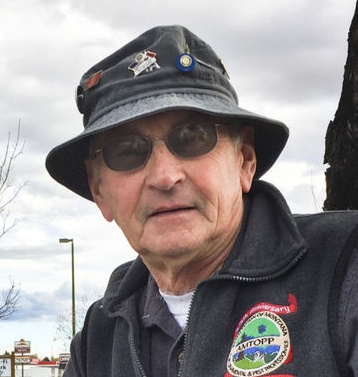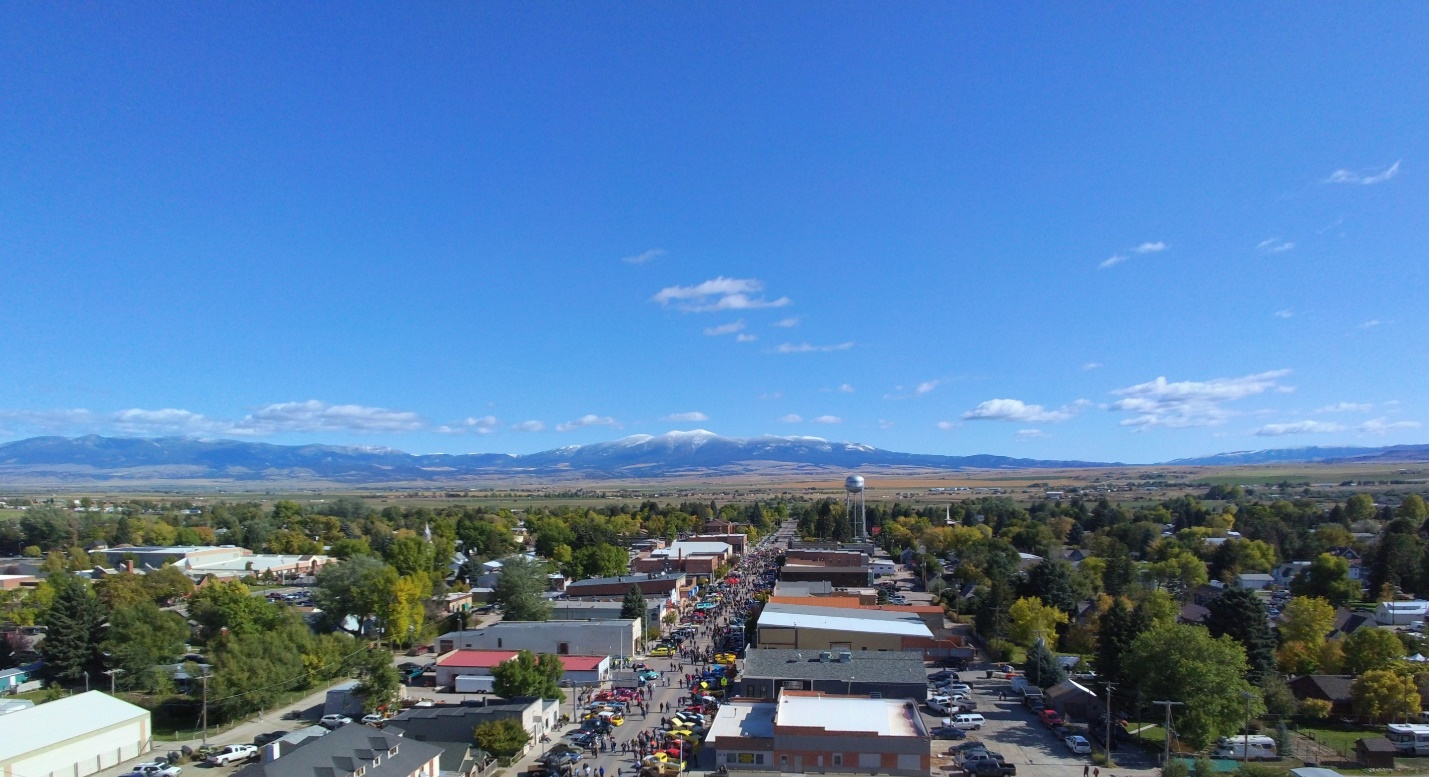Townsend’s Community Forest Part 12
 | Author:
Patrick Plantenberg, Tree Bosrd
Townsend Tree Board Chair, Townsend Rotary Club |
Townsend’s Community Forest Part 12
Patrick Plantenberg
Tree Board
Note: This is the twelfth in a series of articles from the Townsend Tree Board reporting on the status of the community forest in Townsend.
Last week, we discussed Townsend’s tree and stump removal process since 1990. A lot of large tree removals have occurred over the last 19 years.
In the next 5-year tree care and maintenance plan, the Tree Board will be trying to secure funding to remove the majority of the stumps which will open up new tree planting sites.
This week, we will discuss the importance of and status of tree canopy in Townsend.
Tree Canopy
What does tree canopy mean? The widely accepted definition of tree canopy in the context of urban forestry is the layer of leaves, branches, and stems of trees that cover the ground when viewed from above (https://www.arborday.org/trees/bulletins/documents/084-summary.pdf).
Tree canopy cover of Townsend’s trees was never estimated until 2011. In 2011, The Tree Board received a grant and hired a consultant to determine the tree canopy of all trees in Townsend.
The total tree canopy cover was estimated at 10 percent of the Townsend City area. To double check the results, using the i-tree canopy program (https://canopy.itreetools.org/), the total canopy cover of all Townsend trees was estimated to be 11 percent (Dan Rogers, Montana Department of Natural Resources and Conservation, 2011). Is 10 or 11% good for Townsend? No. It is not enough.
What is the ideal canopy cover for a city like Townsend? According to a national analysis by U.S. Forest Service researchers David Nowak and Eric Greenfield, a 40-60% urban tree canopy is attainable under ideal conditions in forested states like the northeast, southeast, and Pacific Northwest. Twenty percent in grassland areas like Townsend and 15% in desert cities like Phoenix are realistic baseline targets, with higher percentages possible through greater investment and prioritization (https://www.americanforests.org/article/why-we-no-longer-recommend-a-40-percent-urban-tree-canopy-goal/).
The consultant hired in 2011 recommended that the Tree Board should plant at least one tree on private property for every tree planted on public property to speed up canopy cover development. As a result, in 2012, the Tree Board started buying and selling trees to the public.
The Tree Board has been doing this for 11 years. We have purchased as many as 750 trees per year and we plant up to 50 of those on public property. The rest are sold to the public and planted all over the state. This past year we purchased 290 trees and planted about 50 on public property.
The Tree Board is cutting back on tree orders because of our volunteer aging issues. We will keep ordering a minimum number of trees as long as the horticulture class at Broadwater High School wants to help us unload trucks, pot trees, prune trees, and plant trees around town. This is a great opportunity for the students to identify if they may want to work at a garden center, or nursery, or become an arborist or landscaper.
As the many trees we planted over the last 20 years mature and as we plant more medium to large trees Townsend’s canopy cover will increase. Hopefully, a 15% tree canopy goal can be achieved by 2050.
Next week, we will discuss the memorial trees we have planted over the years to honor someone or an event. Hopefully, that article we stimulate the memories of older Townsend residents to help us identify other trees planted to honor someone in the past that we don’t know about.
Article Images
Click on Image Thumbnail(s) to view fullsize image
PhotoCredit: Photo Credits: Brian Obert
Image 1 Caption: Townsend Tree Canopy
Photo Credits: Brian Obert
